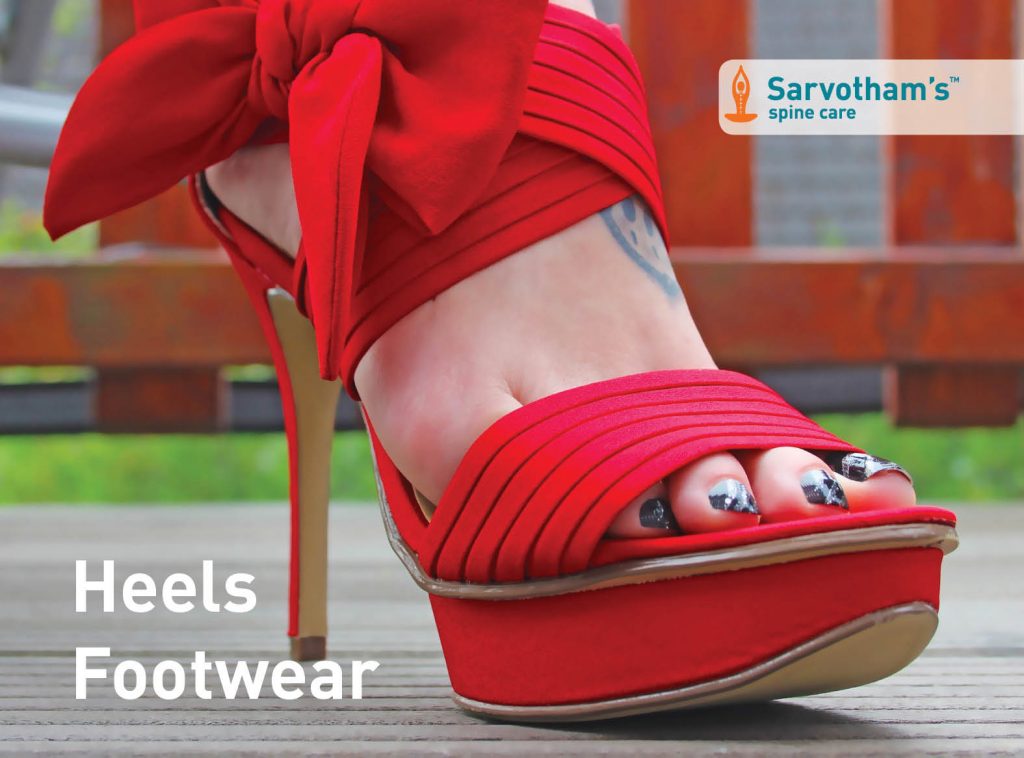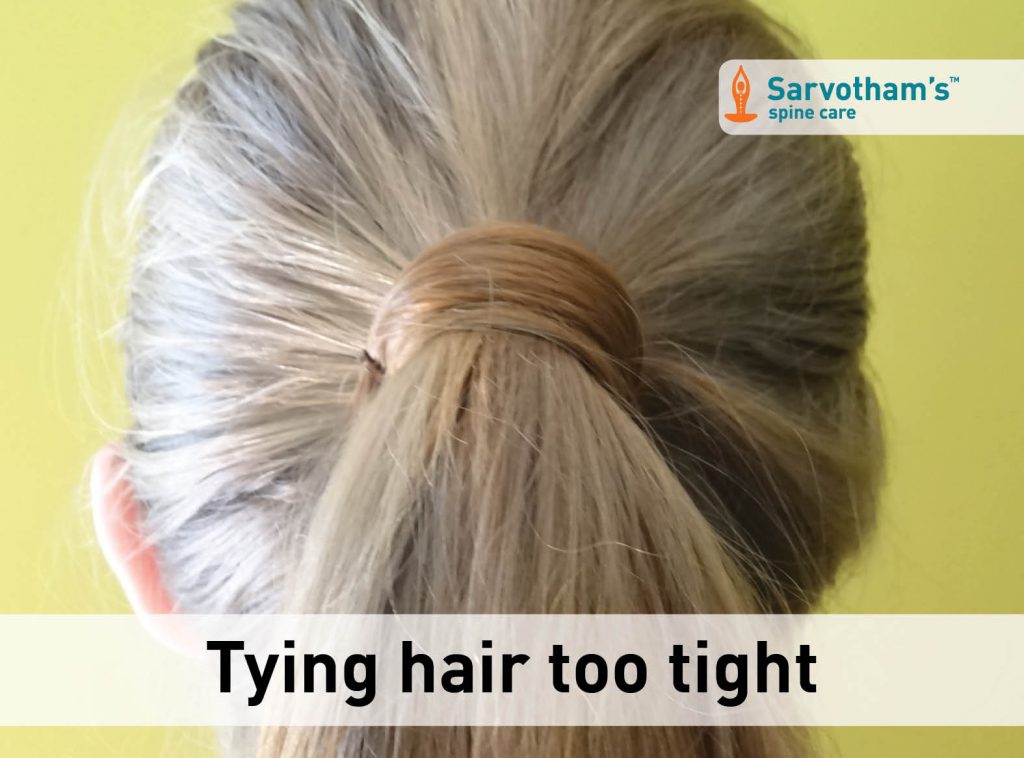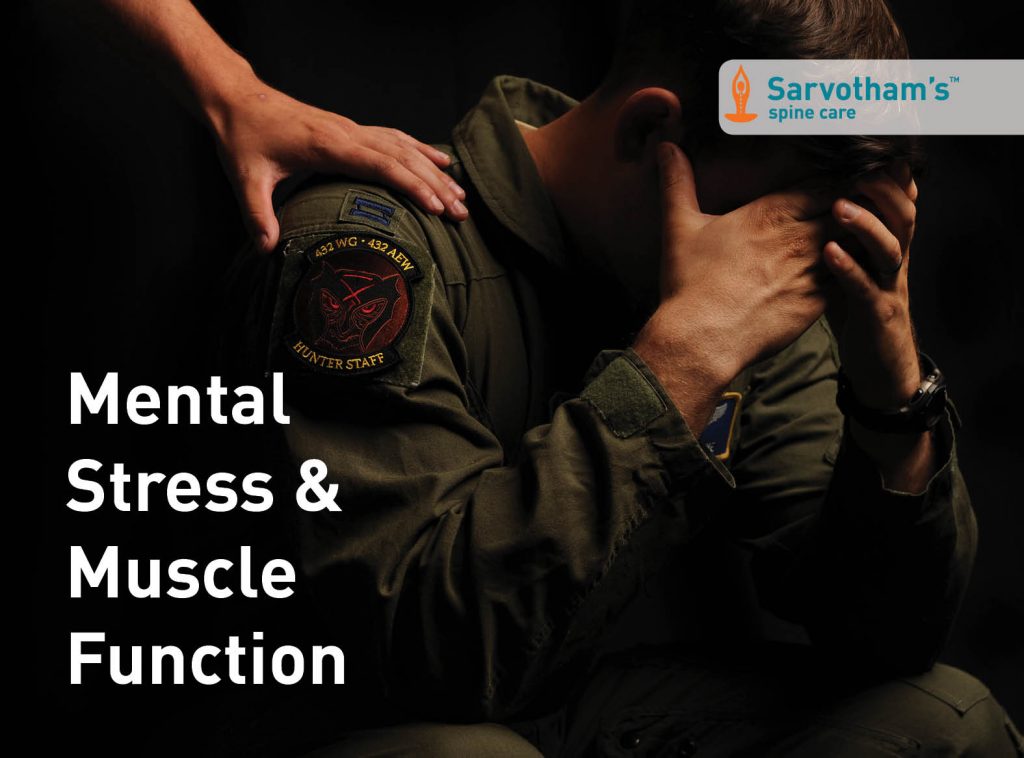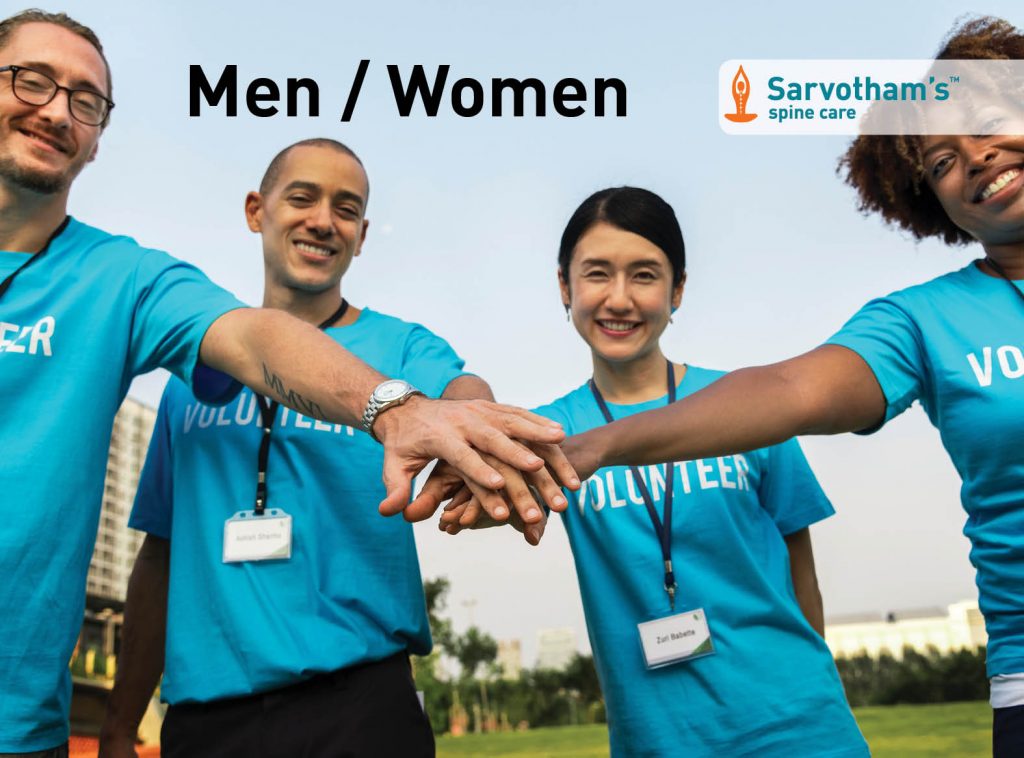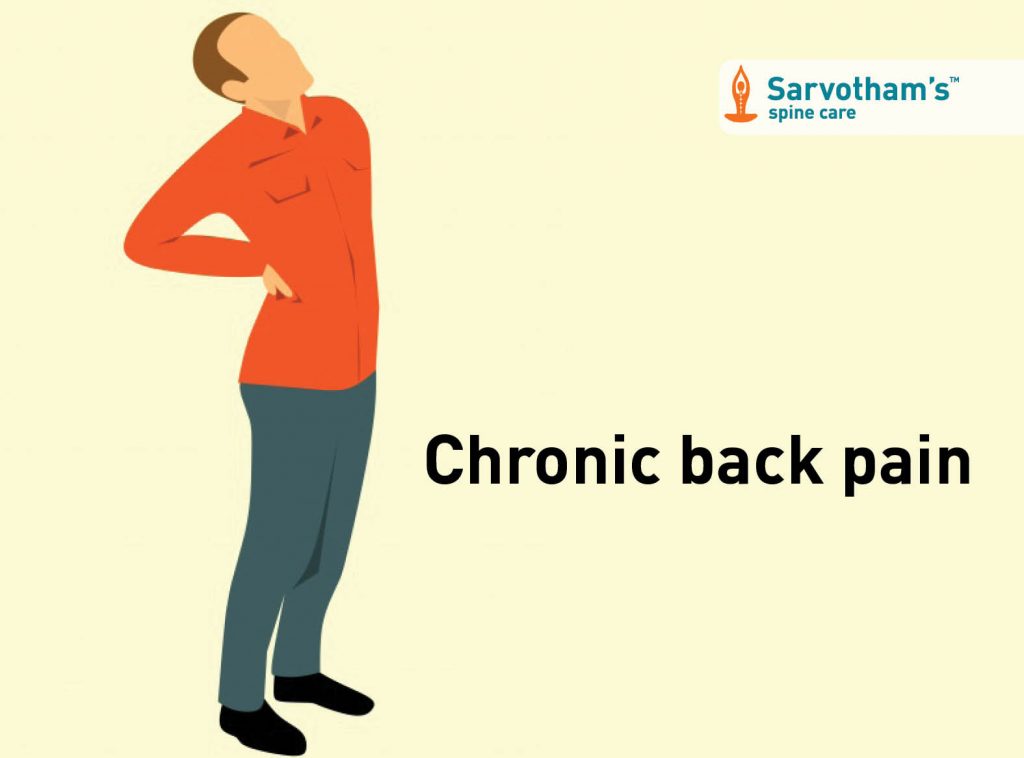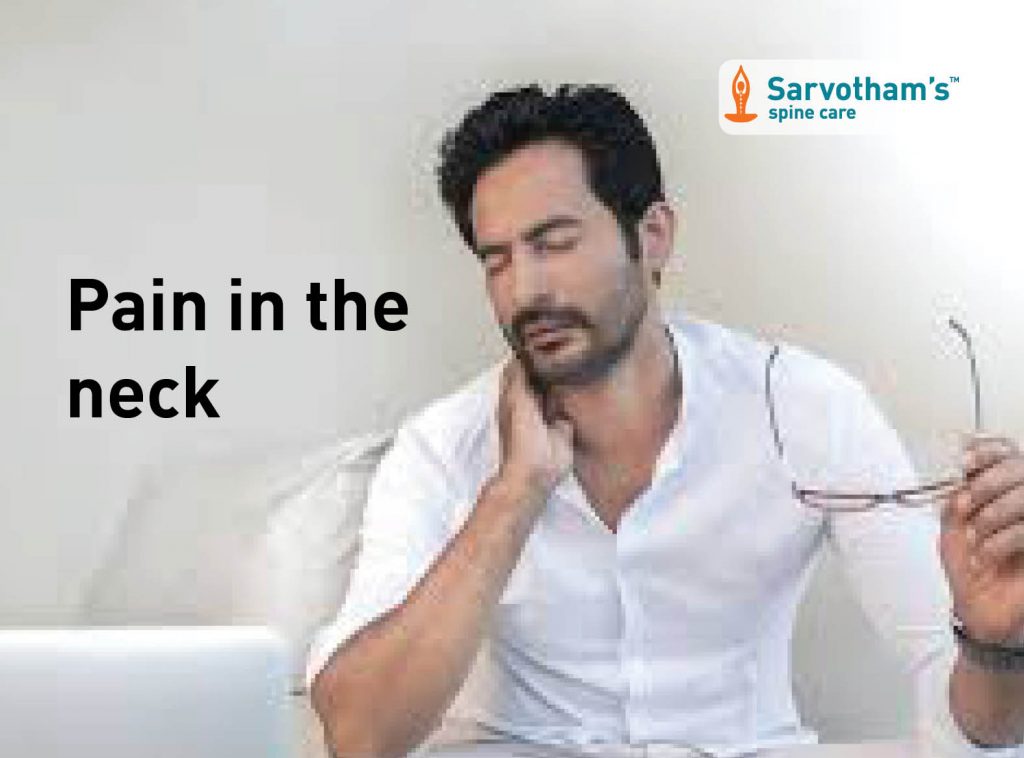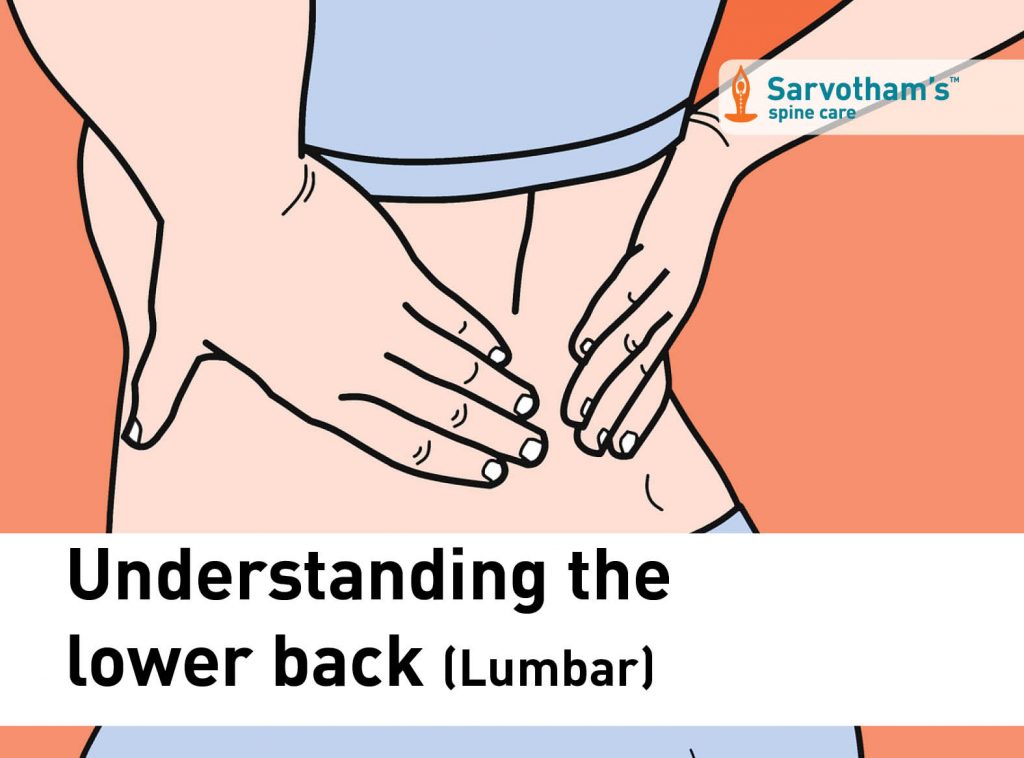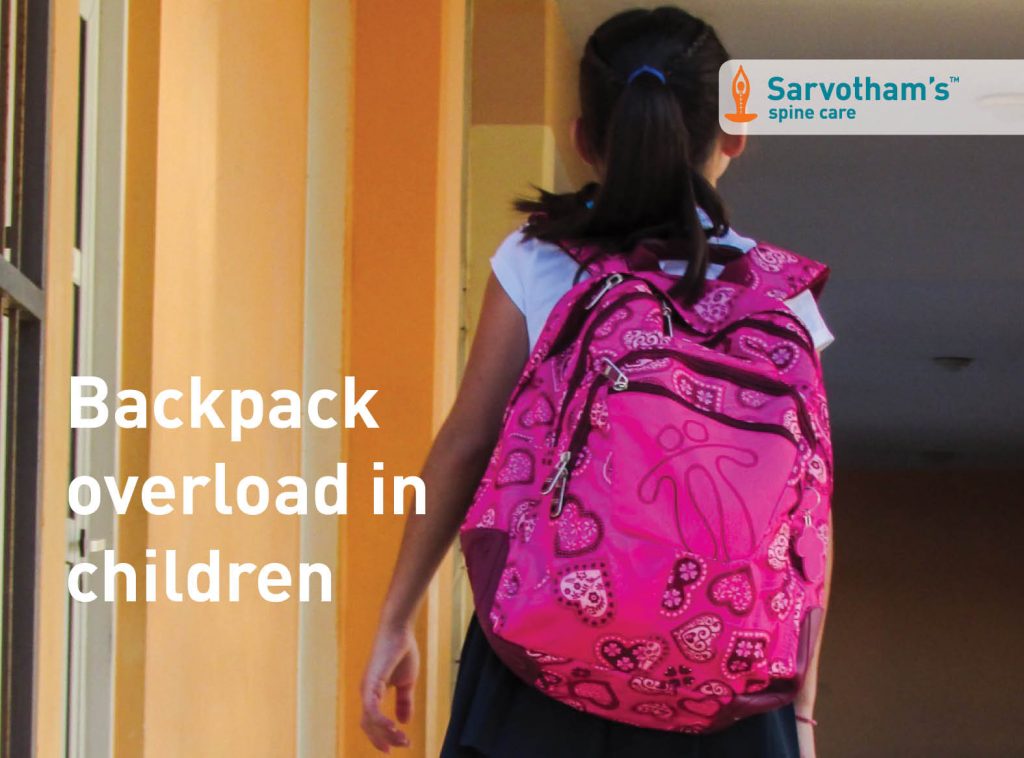
In other words, Fat Wallet Syndrome is a condition in which the sciatic nerve gets compressed along with the spasm of the Piriformis muscle. Men do not carry a handbag to keep the money, so they keep a wallet in their trousers back pocket, which over a period of time commonly gives rise to a condition termed as “fat wallet syndrome”. This condition leads to compression of the sciatic nerve and involvement of the Piriformis muscle. The primary objective to write this article is to discuss the ill effects, create awareness and prevention towards the occurrence of the fat wallet syndrome as this condition puts an impact on an individual’s mental, social and economic well-being.

